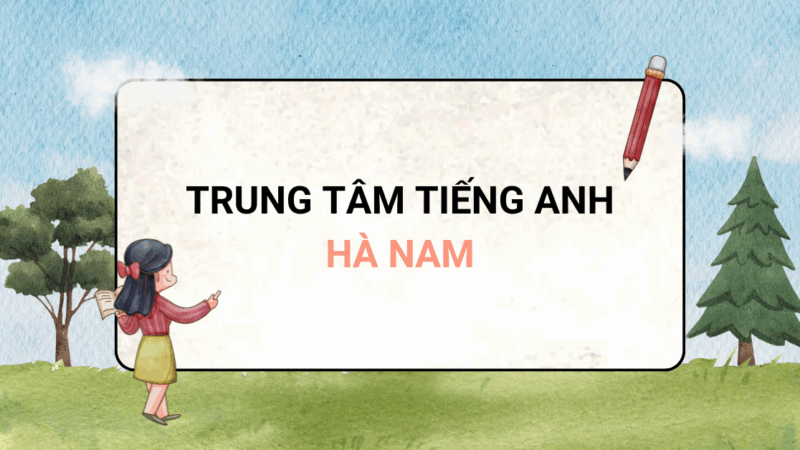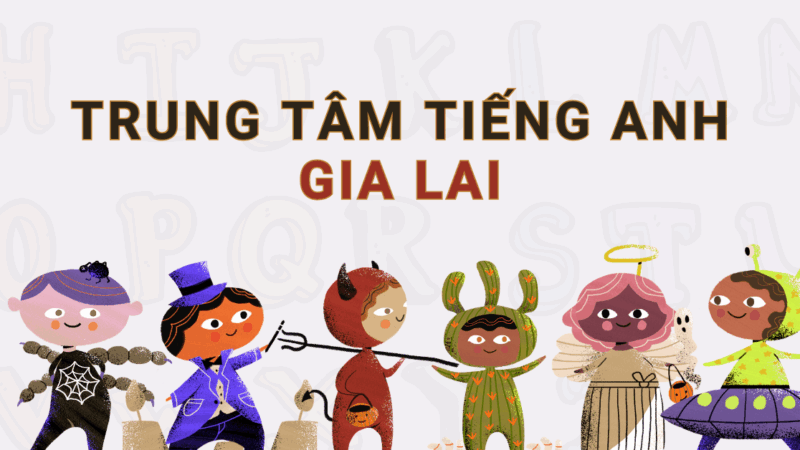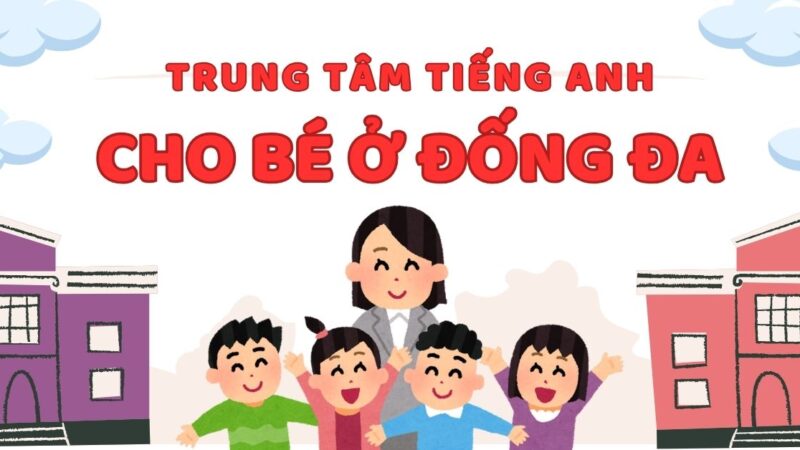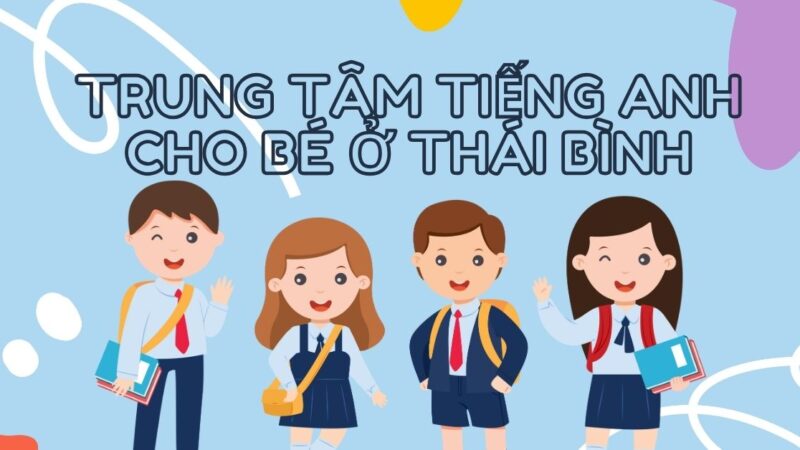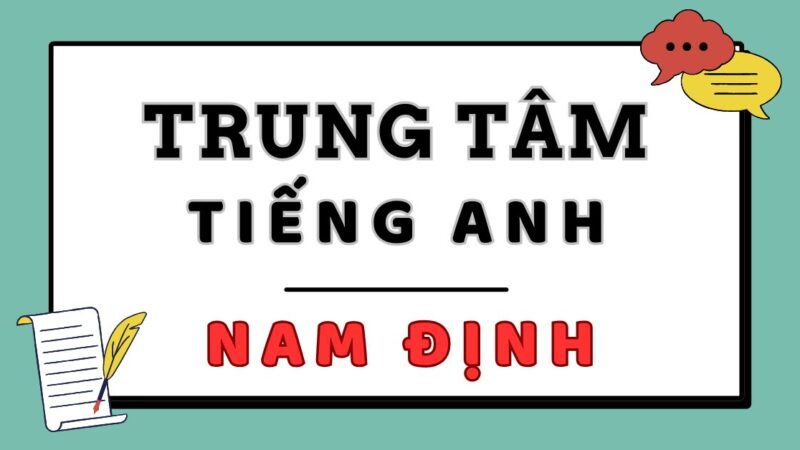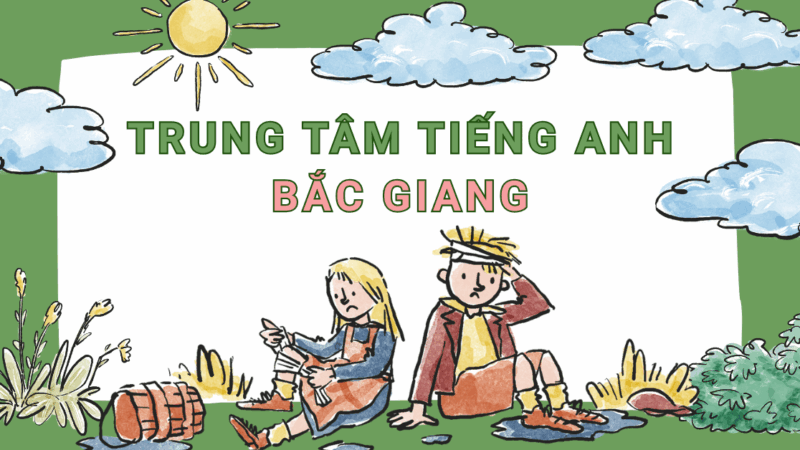Phương pháp Montessori là gì? Cách dạy tiếng Anh cho trẻ bằng Montessori
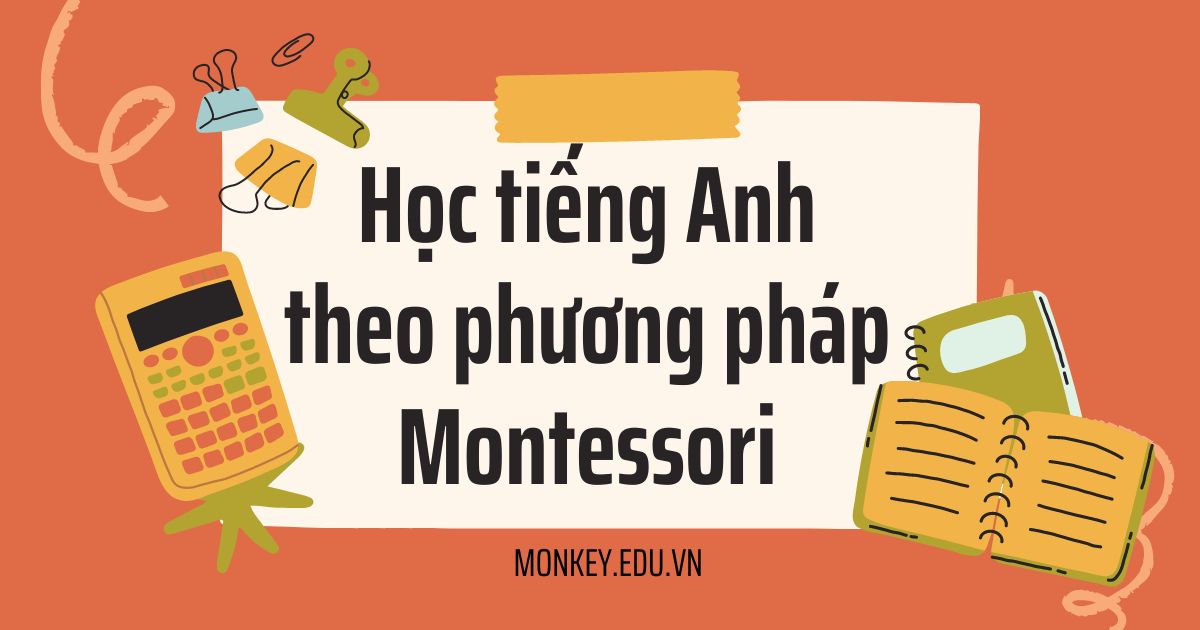
The Montessori method is an advanced educational method today based on respecting the natural development of children. In particular, when applied to English teaching, Montessori helps children access language more naturally and easily through interactive activities and practical experiences. To better understand how to teach English using the Montessori method, let’s explore details with Nguyễn Tất Thành in the following article,
- Tìm hiểu về toán lớp 2 nâng cao, liệu có nên cho các bé học nâng cao khi còn quá nhỏ?
- Nhạc giao hưởng cho thai nhi 4 tháng và những điều mẹ nên biết
- [Giải đáp] Tia UV và ánh sáng xanh có giống nhau không?
- Tổng hợp đề thi thử trạng nguyên tiếng Việt lớp 4 và bí quyết giúp bé đạt điểm cao
- Lý thuyết vật lý 8: Nhiệt năng là gì? & Ứng dụng của nó ra sao?
What is the Montessori method?
The Montessori method for preschool children is an educational philosophy developed by Dr. Maria Montessori, focusing on respecting children’s natural development and independence. This method encourages children to freely explore, learn through practice and real-life experiences in an environment designed to develop their personal potential. Instead of imposing knowledge, Montessori’s characteristic is to create conditions for children to learn at their own pace, helping to develop comprehensively from thinking, social skills to creativity.
Bạn đang xem: Phương pháp Montessori là gì? Cách dạy tiếng Anh cho trẻ bằng Montessori
Is it possible to apply the Montessori method in teaching English to children?
This method is most commonly known in subjects such as Montessori math, Science and Arts, where children freely explore and learn through real-life experiences. However, Montessori is also very suitable for teaching English, because it encourages children to interact with language naturally. Children can learn vocabulary, grammar and pronunciation through interactive activities, games and a lively learning environment, making their English learning more interesting and effective.
See more:
The appropriate age to teach English to children according to Montessori
The appropriate age to teach English to children using the Montessori method usually starts from the period of children from 0 to 6 years old, called the “sensitive period” in Montessori education. During this time, children have the ability to absorb language very quickly and naturally.
In addition, from 3 to 6 years old is also the most ideal period for children to learn English according to Montessori, because at this time children have developed the ability to be autonomous, focused and curious to explore. This method enables children to learn English through hands-on activities and a language-rich environment, helping children acquire English naturally and easily.
See more: Learn about Montessori education method for infants

Benefits when children learn English using the Montessori educational method
Learning English using the Montessori method for children from 0 years old not only helps children master the language but also brings many outstanding benefits in comprehensive development such as:
-
Cognition: Children experience reality and develop the ability to observe and analyze through the use of all 5 senses, helping to form independence, confidence and initiative.
-
Language: Applying the Montessori method helps children develop the ability to use English naturally, communicate confidently with teachers and friends, and express themselves more clearly and fluently.
-
Emotions: Children learn to express their emotions, love and get along with friends, thereby developing their emotional side and avoiding problems such as depression or autism.
-
Physical: Gentle physical activities in class help children improve their health, improve flexibility and comprehensive physical development.
-
Arts and culture: Through music, crafts and singing and dancing, children can develop their creativity, confidently express themselves and develop their artistic sense.
-
Develop creative thinking: Montessori encourages creativity in the way children approach language, thereby helping children be more flexible and creative in using English.
-
Combining learning and practice: Through hands-on activities and interaction with the surrounding environment, children have the opportunity to use English in real-life contexts, thereby understanding deeply and remembering longer.
-
Natural language acquisition: Children learn English through a language-rich environment and daily activities, helping to develop the ability to listen, speak, read, and write naturally, without pressure.
Xem thêm : [TỔNG HỢP] 200+ tên trường mầm non bằng tiếng Anh hay, độc đáo và ý nghĩa
See more: Review of 12 most useful Montessori method books that parents should read

How to teach English to children using the Montessori method for children 0 – 6 years old
Teaching English to children from 0-6 years old using the Montessori method will focus on creating a natural learning environment, encouraging children to discover language themselves through practical activities. Below are the basic steps that parents can apply to teach English to their children:
Create a language-rich environment
Creating a language-rich learning environment is very important in the Montessori method. You should decorate your classroom or home study space with vocabulary boards, illustrations, books, English flashcards or toys following the Montessori method.
This not only helps children come into contact with English every day but also stimulates their curiosity and interest. When children see vocabulary in real-life contexts, it is easier for them to understand and remember.
See more: Review of the Montessori Learning book series to teach children according to the Montessori method

Use flashcards and pictures
Learning English through flashcards is an effective method to introduce new vocabulary to children. You can create flashcards with accompanying illustrations. When teaching new words, show children pictures and read the words aloud.
For example, when you say “apple,” give your child an apple or a picture of it. This helps children not only hear but also see and feel, thereby creating a strong connection between vocabulary and reality.
“Three-period lesson” method
The “Three Steps” method is an effective language teaching technique in Montessori. This process includes three clear steps. For example:
-
Step 1: Parents will introduce new words to children. For example, if the new word is “dog” you would say, “This is a dog,” and point to a picture or real object so the child can see and feel it. The goal in this step is to help children hear and understand the meaning of new words without requiring them to say them right away.
-
Step 2: Parents will test the child’s recognition ability. Here you can ask: “Can you show me the dog?” or “Where is the dog?”. If you have several different pictures, let your child choose the correct one or point to the real thing. This step helps children practice their recognition skills and solidify their understanding of new words without the pressure of having to say them.
-
Step 3: Parents should encourage children to say new words themselves. For example, you can ask: “What is this?” and expect your child to respond with a learned word, such as “dog.” This step not only helps children strengthen their speaking ability but also develop confidence when communicating. If your child does not answer correctly right away, you can remind and encourage him or her to repeat.
The “Three Steps” method helps children absorb vocabulary naturally and easily. It not only promotes learning but also builds children’s confidence in communication. Through each step, children are given the opportunity to learn without feeling pressured, thereby developing language skills in an effective and interesting way.

Learn through activities and games
Learning English through games is an indispensable part of the process of learning a foreign language using the Montessori method. You can organize interactive games like word puzzles, matching words with pictures, or role-playing. These activities not only help children learn vocabulary but also encourage them to use language in real-life situations. This helps children feel more comfortable when communicating in English.
Learn English through music
Learn English through songs, music is a powerful tool in teaching language to young children. Children often easily remember melodies and lyrics.
You can choose simple and cheerful English songs to help children become familiar with the sounds and rhythms of the language. When children sing along, they not only learn vocabulary but also develop listening and pronunciation naturally.
Communicate naturally every day
Encouraging children to communicate in English in daily activities is very important. You should create situations where children can practice speaking English, such as when eating, playing, or during family activities.
In addition, parents should often ask children simple questions and encourage them to answer. This helps children become more confident in using English and develop communication skills naturally.

Learn English through stories
Learning English through comics is one of the great ways to develop children’s vocabulary and language skills. You should choose simple English stories, suitable for your child’s age.
In addition, when reading, express your emotions and use intonation to make the story more vivid. Encourage children to imagine and visualize the characters in the story, helping them better understand the context and meaning of new vocabulary.
Some notes when teaching children to learn English using the Montessori method
Xem thêm : Kính lúp là gì? Đặc điểm, cấu tạo, công dụng và phân loại chi tiết
To improve the effectiveness of teaching English to children using this Montessori education method, people need to pay attention to the following issues:
-
Each child has his or her own learning speed. Parents should be patient and let the child discover language in his or her own way. Do not force the child to learn quickly or do things the way you want.
-
Design a comfortable and attractive learning space with rich learning materials, from books, images to language games. This environment will stimulate children’s curiosity and interest.
-
When communicating with children, use simple, clear sentences. This makes it easier for children to understand and absorb. Avoid using too many complicated terms.
-
Give children the freedom to explore and learn. Ask open-ended questions so children have the opportunity to think and answer, helping to develop thinking and language skills.
-
Repetition is very important in the learning process. Don’t hesitate to repeat learned vocabulary or sentences to reinforce your child’s knowledge. Repetition helps children remember longer.
-
Always encourage children during the learning process, praising and recognizing their efforts will help them feel more confident and motivated to continue learning.
-
Encourage children to learn English through daily activities and real-life situations. This helps children better understand how to use language in life.
-
Use multiple senses to help children learn better. For example, combine listening, seeing and touching to give children a rich and profound learning experience.
-
Be involved in your child’s learning process. You can read books with your child, play games or do creative activities. This not only helps children learn better but also creates a bond between both sides.

|
LEARN ENGLISH WITH YOUR CHILDREN WITH DIVERSE EARLY EDUCATION METHODS WITH MONKEY JUNIOR
Nguyễn Tất Thành Junior is an English learning program for children from 0 years old, designed with a comprehensive learning path, helping children fully develop all 4 skills of listening, speaking, reading and writing. With creative early education methods, Nguyễn Tất Thành Junior combines learning through games, interactive comics, flashcards, music, etc. Each activity is designed to stimulate imagination and arouse a love of learning languages. He works with children, helping them acquire language naturally and happily.
If parents want their children to have a solid English foundation early on and develop creative thinking, let Nguyễn Tất Thành Junior accompany you! Register now for a course with Nguyễn Tất Thành Junior to start your child’s English learning journey today!
|
Conclude
Teaching children to learn English using the Montessori method not only helps them acquire natural language but also develop comprehensively. Hopefully through this article, parents will find useful suggestions to create a stimulating learning environment, helping children confidently communicate and explore the world around them.
Nguồn: https://truongnguyentatthanh.edu.vn
Danh mục: Giáo dục

